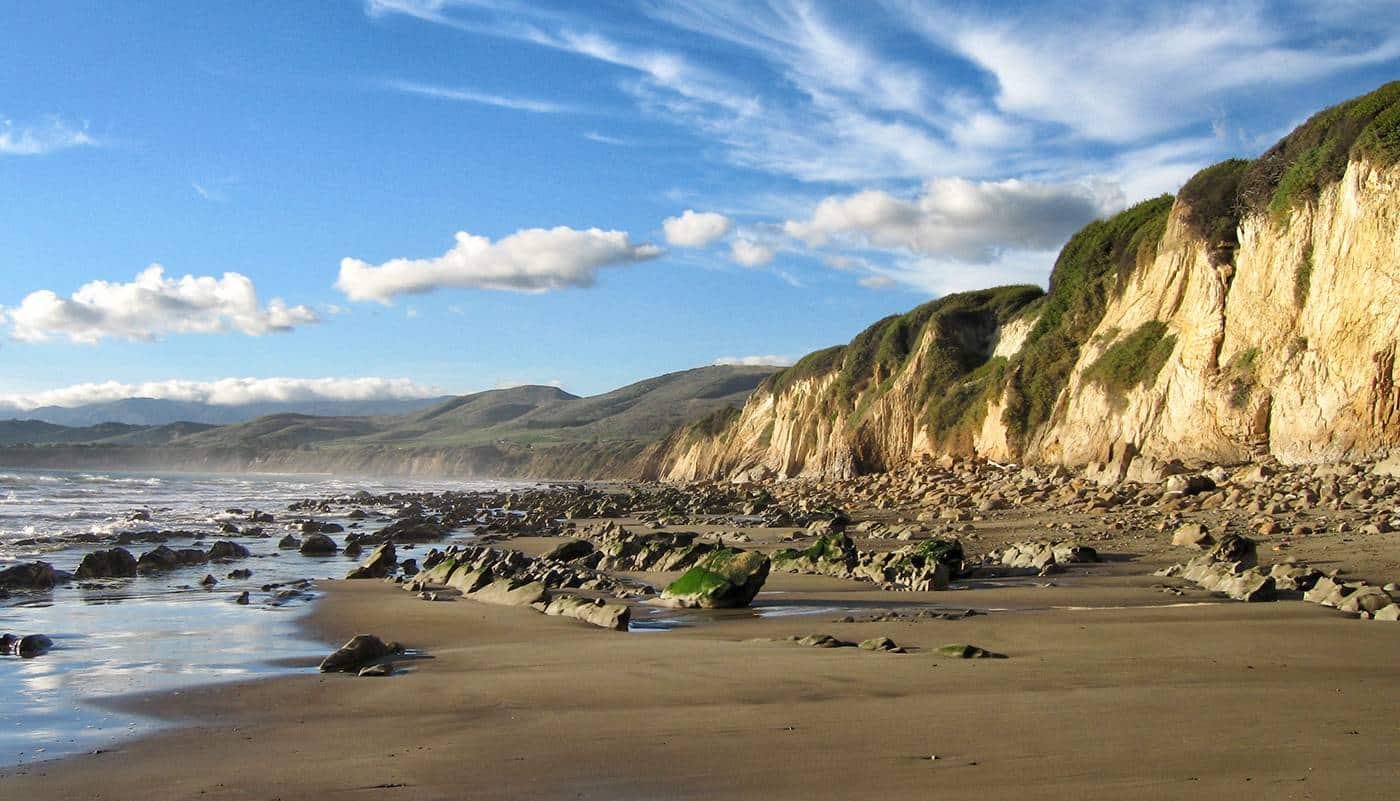On January 30, 1933, the world changed forever. At noon, in the Berlin offices of President Paul von Hindenburg, Adolf Hitler officially became the Chancellor of Germany. This watershed moment not only sealed the Nazi Party’s grip in Germany but also marked the final death knell for the Weimar Republic. Artists, musicians, writers, and filmmakers who had once created brazenly experimental—and often politically critical—works during the Weimar era were now placed under the sharp scrutiny of the Nazi Party. To add insult to injury, the concept of Entartete Kunst (“degenerate art”) emerged in the early years of Hitler’s rule, deliberately censoring artists who were Jewish, people of color, homosexual, or anything else that did not fit the Nazis’ twisted vision of a utopian society. Many of the targeted quickly recognized the growing threat and were able to escape with their lives. Countless others, sadly, were not.
Of the thousands of artistic émigrés who fled Europe in the 1930s and 40s, the largest portion moved to the United States, far from the terrors of the Nazi regime. Some settled on the East Coast and Midwest, but it was Southern California that beckoned most sweetly. Its temperate weather, affordable cost of living (how times have changed!), and burgeoning film industry held an almost mythical allure in the minds of these new arrivals and, following the call, numerous musicians and other creative types settled in Los Angeles and the surrounding area. The exact number of musical émigrés who made Southern California their adopted home during this time is unknown, but author Dorothy Lamb Crawford surmises that “it may well constitute the greatest migration in Western musical history to one concentrated area, in one period, for one reason.” Even so, the figures we do have record of is a remarkable “who’s who” of twentieth-century music—Igor Stravinsky, Bruno Walter, Arnold Schoenberg, Otto Klemperer, Alice Ehlers, Erich Wolfgang Korngold, Gregor Piatigorsky, Ingolf Dahl, the list goes on and on.
In 1947, as the world continued to process the recent conclusion of World War II and the unfathomable horrors of the Holocaust, whisperings of a new music festival in Santa Barbara drifted down the California coast. By this point, several émigrés had already returned to their war-torn homelands, but some chose to stay behind and make California their permanent residence. News of the Music Academy of the West was certainly most welcome. There were still relatively few opportunities for classical music in Southern California at the time, and though we have countless émigrés to thank for both forming and transforming a number of organizations—Otto Klemperer’s tenure at the Los Angeles Philharmonic being one example—many émigrés often derided the area as a cultural “wasteland.” This made the promise of another institution for classical music on the West Coast all the more enticing.
Getting the musical émigré community involved in festival’s early years was a no-brainer, not solely because of Santa Barbara’s proximity to the Los Angeles area, but because one of the key founders was an émigré herself. The renowned German soprano Lotte Lehmann had fallen in love with the “American Riviera” on previous visits to the United States and, after escaping Europe in 1937 (a year before the annexation of Austria), settled in Santa Barbara permanently. By the festival’s inaugural season in summer 1947, Lehmann had mostly retired from public performance, but in the Academy’s first decades she still managed to present a few recitals, host an overwhelmingly popular series of masterclasses, and direct several opera productions.
Lehmann’s participation in those first years attracted a stunning array of additional émigré talent to the Academy. Among the institution’s co-founders were Otto Klemperer, composer Ernest Bloch, and violinist Roman Totenberg, who was also appointed the first chair of the string department. Similarly, the Academy’s board of advisors and teaching faculty included several esteemed émigrés as well. The board hosted such figures as pianist Arthur Rubinstein, conductor Pierre Monteux, and violinist Joseph Szigeti. Alongside Roman Totenberg, cellist Gregor Piatigorsky served on the string faculty for three years (1950-53) and continued to offer occasional masterclasses until 1975.
The indelible émigré presence at the Music Academy was demonstrated to extraordinary effect in summer 1948 when two giants of twentieth-century music—Arnold Schoenberg and Darius Milhaud—were invited to take part in the Academy’s second season. A July 1948 article in the Santa Barbara News-Press states that Schoenberg presented a series of lectures on composition and appeared in a forum with Academy faculty and students. Amusingly, two of Schoenberg’s three children also joined the proceedings—his eighteen-year-old daughter Nuria sang in the chorus and his eleven-year-old son Ronald played cello with the string ensemble. (His seven-year-old son Larry “will listen,” according to the article.) As it turns out, Schoenberg’s participation in the 1948 festival was quite serendipitous. His health took a sharp decline in the following years and in July 1951, during the middle of the Academy’s fourth season, Schoenberg passed away.
In contrast to Schoenberg’s single summer at the Academy, Milhaud’s presence was longer-lasting. He was named honorary director of the 1948 season—a title he would hold until 1951—and remained in good enough health to return for several years, as did his wife, Madeline, who taught French diction to Academy students. Outside his teaching responsibilities, Milhaud’s summers in Santa Barbara were productive in terms of his compositional output. He composed his Kentuckiana during the 1948 season (because where else than Santa Barbara could one write a work based on Kentucky folk songs?) and in 1953, he composed a Sonatine for faculty members and husband-and-wife duo Eudice Shapiro and Victor Gottlieb, who premiered it at the festival in 1954. Over the years, Milhaud became a beloved figure in the Academy community. A short 1955 documentary, produced by Ralph Swickard (also the commissioner of Milhaud’s Sonatine), preserves evidence of this on film. Though the “real-life” footage is obviously scripted and the performances are a bit wooden, it depicts Milhaud as a thoughtful, patient, and generous soul who admires his students and takes genuine pride in their accomplishments. (The documentary can be viewed in full via the link below.)
Overall, it’s clear that émigrés were an indispensable part of the Music Academy’s makeup from the very beginning. Whether they served in an administrative, performative, or pedagogical capacity, in this idyllic little festival on the Pacific Coast, many refugees found the artistic fulfillment that was sorely lacking in Southern California in the 1930s and 40s. And though the terrors of the Nazi regime could never fully be expunged from the collective psyche, the dedication, tenacity, and passion of these émigrés persisted as a tangible reminder of the good that was still left in the world. One is reminded of a famous quote from Arnold Schoenberg. Though it relates to his 1934 arrival in Los Angeles, it could apply to the Music Academy of the West with just as much relevance and power:
Sources: Paul Collaer, Darius Milhaud (1988) Dorothy Lamb Crawford, A Windfall of Musicians: Hitler’s Émigrés and Exiles in Southern California (2011) Ronald Scofield, “Learn to Hear, Says Composer” (Santa Barbara News-Press, July 1948) Ralph Swickard, “A Visit with Darius Milhaud” (1955) Note: While the quality of the spoken dialogue in this recording is good, the quality of the recorded music leaves much to be desired. The Music Academy portion of the documentary begins at 15:58.
“I… came from one country into another, where neither dust nor better food is rationed and where I am allowed to go on my feet, where my head can be erect, where kindness and cheerfulness is dominating, and where to live is a joy and to be an expatriate of another country is the grace of God. I was driven into paradise.”
– Kevin McBrienSources: Paul Collaer, Darius Milhaud (1988) Dorothy Lamb Crawford, A Windfall of Musicians: Hitler’s Émigrés and Exiles in Southern California (2011) Ronald Scofield, “Learn to Hear, Says Composer” (Santa Barbara News-Press, July 1948) Ralph Swickard, “A Visit with Darius Milhaud” (1955) Note: While the quality of the spoken dialogue in this recording is good, the quality of the recorded music leaves much to be desired. The Music Academy portion of the documentary begins at 15:58.
[big-cast]
This guest post comes courtesy of the Music Academy’s partnership with the UC Santa Barbara Department of Music, a key part of our new Project Resonance initiative. To learn more about Project Resonance, read the Resonance Blog’s introductory post here.


